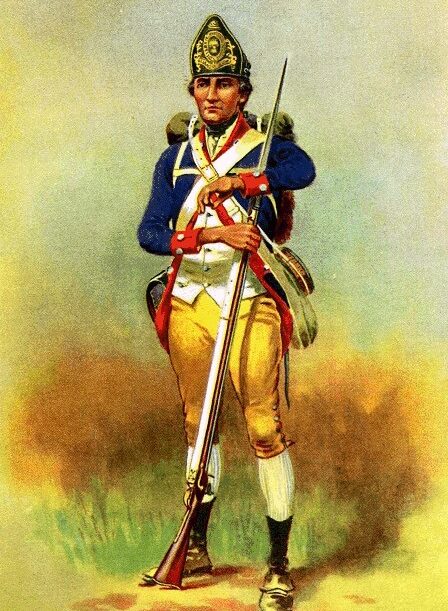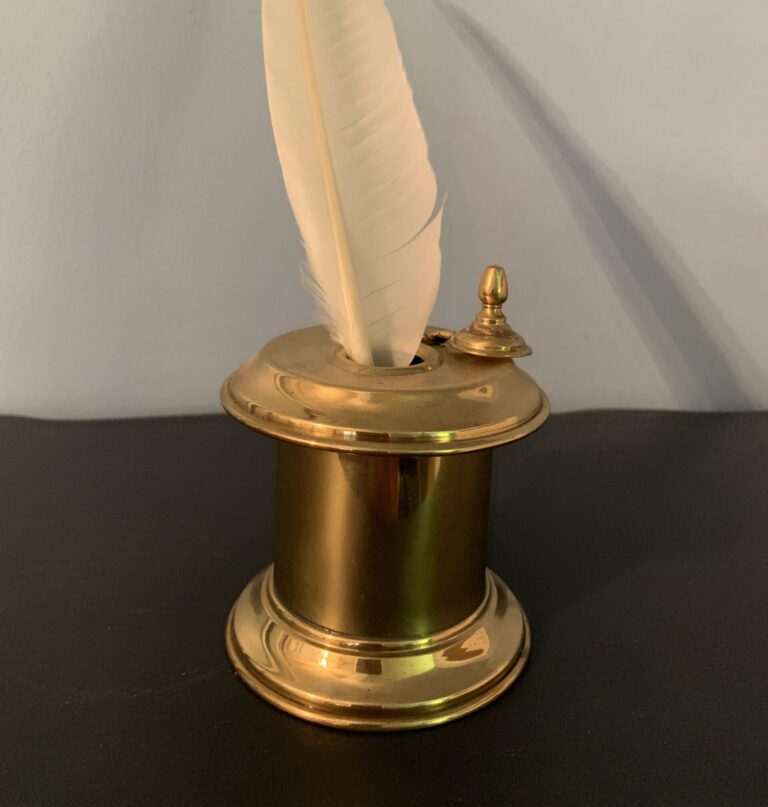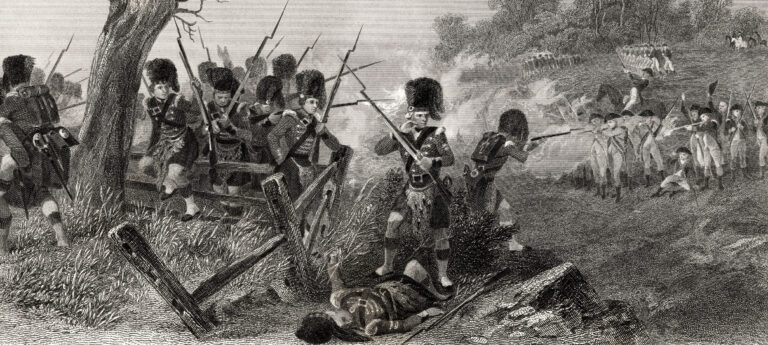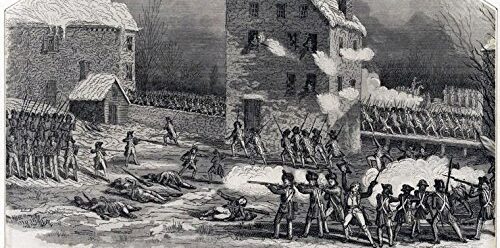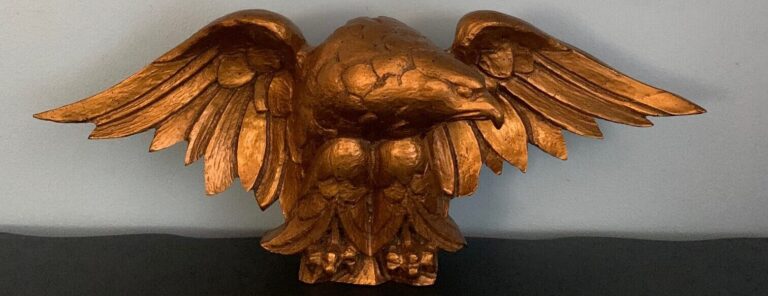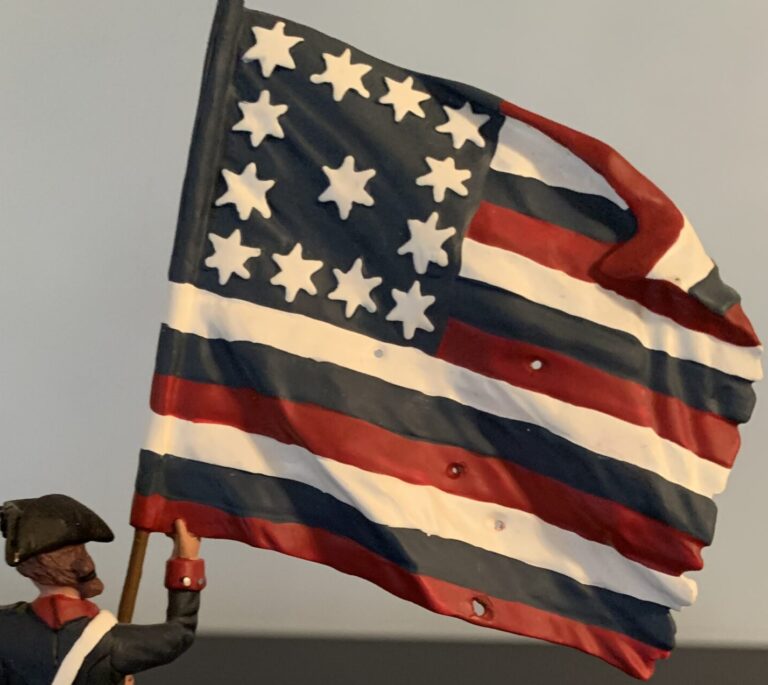Reminder: If you’re reading this in your email, you have to go to dpauthor.com and click on the Speaking of Which tab in order to view the actual blog post with the featured image.
Washington Crossing the Delaware by Emanuel Gottlieb Leutze (1816-1868) is America’s best-known historical painting and one of the most renowned works of art in history. Here are some facts about the painter and his artistry that may be of interest to you:
— Leutze was born in Germany but came to America with his family in 1825. They settled in Philadelphia, but after his father’s death in 1831 the youth had to work to support his mother and sister, which he did by selling his portraiture. Recognizing Leutze’s talent, several wealthy benefactors elected to subsidize his artistic education by sending him across the Atlantic to study in his native land, where he enrolled in 1841 in the Dusseldorf Academy, then the preeminent school of art in Europe.
— The artist began work on this, his most celebrated painting in 1849 at his Dusseldorf studio, in the wake of the Revolutions of 1848 that he passionately supported. These included a series of republican revolts against European monarchies, beginning in Sicily and spreading to France, Germany, Italy, and the Austrian Empire, but which all resulted in failure and repression. Leutze utilized American tourists and art students in Europe as models and assistants in his creative process.
— The original version of this painting was damaged by a fire in Leutze’s studio in late 1850, when it was nearly finished, and subsequently hung in an art museum in Bremen, Germany (the Bremen Kunsthalle), only to fall victim to a bombing raid by the British Royal Air Force on September 5, 1942. This led to historian David Hackett Fischer’s droll observation that the RAF perpetrated Great Britain’s final act of revenge for the American Revolution.
— Leutze created another full-sized copy of the painting (12 by 21 feet), which was shipped to America in 1851, where it was seen by over fifty thousand people in New York before being exhibited in the Rotunda of the National Capitol. During the Civil War, it served to raise funds for the Union cause and the antislavery movement, entirely fitting in light of Leutze’s ardent abolitionist sentiments—which are reflected in the presence of a Black soldier whom he positioned in the boat next to Washington.
— In 1897, private art collector John S. Kennedy, a trustee and vice president of the Metropolitan Museum of Art in Manhattan, bought the painting for sixteen thousand dollars and donated it to the museum, where it remained until 1950, when the Met loaned the work out to the Museum of Fine Art in Dallas, Texas. From 1952 to 1970, Leutze’s creation was displayed at Washington Crossing State Park in Pennsylvania—renamed as Washington Crossing Historic Park in 1979—first in the local Methodist Episcopal Church and after the summer of 1959 in the park’s new Memorial Building (now the Visitor Center). By one estimate, two hundred and fifty thousand people visited every year for a decade to view Leutze’s handiwork. In 1969, the Met formally recalled its loan of the painting to the park and brought it back in time for the nation’s Bicentennial to grace the museum’s American Wing. (During its prior residency there, the painting hung in one of the European painting galleries rather than the American Wing, perhaps because it was considered a German, rather than American, work.) The regal canvas and its imposing frame reside there today, at 1000 5th Avenue, inside Central Park, opposite 83rd Street.
— Since the original painting left Washington Crossing, it has been replaced by a series of reproductions that grace the Visitor Center auditorium (the first time the Met ever granted permission for a copy to be made of a painting in its collection). These have included: in 1970, an oil painting by Robert Williams commissioned by Ann Hawkes Hutton, founder and chair of the Washington Crossing Foundation’s board of directors and author of a book about Leutze and his magnum opus; in 1998, a digital copy of the original painting produced by Muralite Murals of St. Paul, Minnesota; and in 2013, a new digital copy created by Forbes Associates of Edgely, Pennsylvania, from a digital image owned by the Met.
— The painting is undoubtedly the most prominent and arguably the least accurate depiction of the legendary Christmas night 1776 Delaware River crossing by Washington’s army. For starters, the river is too wide (it’s the Rhine, not the Delaware), the sky is too light (they crossed at night), the ice is in the form of bluish chunks (Delaware River ice is typically flat and white), the flag is wrong (“Old Glory” was not adopted by Congress as the first flag of the United States until June 14, 1777—which is why June 14 is Flag Day), the boat is too small (about one-third the size of the Durham boats used to carry the American infantry across the river), and Washington looks older than age 44, which he was at the time. (His image is based on a bust by the French sculptor Jean Antoine Houdon that was created a decade later and is thought to be the best likeness we have of GW.) It seems safe to assume that the artist’s intent was to execute his canvas in the classical tradition of great historical paintings that seek to leave viewers with a dramatic impression, rather than to portray an event as it might have actually occurred.
— On the other hand, Leutze brilliantly captures the sense of fierce urgency that informed this difficult and hazardous undertaking. His image of the crossing has resonated with generations of viewers worldwide in a way that no other has because he, better than anyone else, conveys the emotions that infused the rebel soldiers and their commander-in-chief at a perilous moment in the quest for American independence, on a night when Washington decided to roll the dice on a last-ditch gamble to save his army and perhaps the revolutionary enterprise. One can clearly discern the courage, determination, desperation, and commitment to a common purpose that drove these weary but resolute warriors across an ice-choked river to their rendezvous with an uncertain fate—a motley assortment of humble citizen-soldiers crowded into Leutze’s tiny craft and all rowing together, metaphorically if not literally. Those feelings are indelibly etched in the faces and postures of these men in such a way as to rivet viewers’ attention and perhaps make them feel as if they’ve been thrust into the boat as well.
— And yes, Washington would have been standing in the boat. In fact, they all would have been (another inaccuracy in the painting). There were no seats in a Durham—or, for that matter, in a ferry boat if that’s what brought him across; and besides, on a night when the bottom of each boat was cold and wet from freezing precipitation, so would a soldier’s bottom have been if he sat in the boat.
So that’s one bottom line, but here’s another: the genius of Emanuel Leutze is dramatically captured in his universally recognized masterwork, which may well be more renowned than the event it celebrates. He forged a majestic billboard for democracy that enduringly proclaims to people from across the globe a spirited vision of freedom and the resolve to achieve it.
Get the picture?
Sources:
David Hackett Fischer, Washington’s Crossing (New York: Oxford University Press, 2004).
Barbara S. Groseclose, Emanuel Leutze, 1816-1868: Freedom Is the Only King (Washington, DC: Smithsonian Institution Press, 1975).
Anne Hawkes Hutton, Portrait of Patriotism (Philadelphia: Chilton Company, 1959).
Peter Osborne, No Far Spot In This Land Is More Immortalized: A History of Pennsylvania’s Washington Crossing Historic Park (Yardley, PA: Yardley Press, 2014).



